Pighog Production
LESOTHO
Investing in pork production in Lesotho to serve regional and major markets could yield good returns.
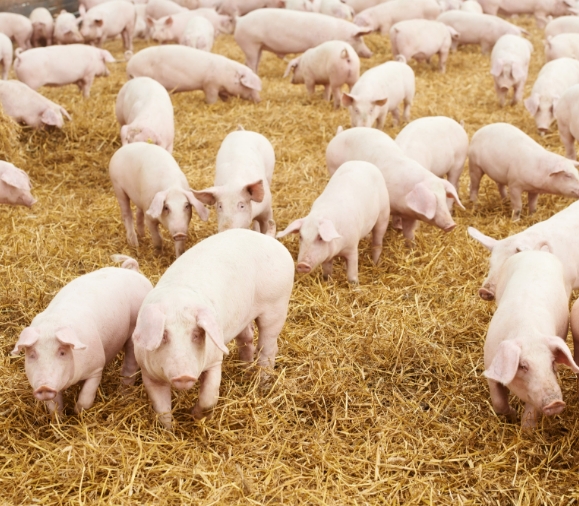
Introduction
Pigs are widely reared in rural areas for local consumption.
This project is about boosting production, including through intensive commercial farming techniques.
Key to incentivising this is the provision of an abattoir and facilities to process the meat into ham, bacon, sausages, polony, etc.
Convenient
export to neighboring
markets in the
SADC region.
Strengths &
Opportunities
Lesotho is an agrarian country, with 70% of the population living in rural areas. Agriculture remains important for rural livelihoods and
LIVESTOCK AMOUNTS TO
30-40%
OF AGRICULTURAL PRODUCTION
After beef, pork is the most widely consumed meat. However, the pigs reared in Lesotho are for home consumption. There is little in the way of a surplus to sell to the market. Supply does not meet demand, and the value chain is limited. There is no accredited abattoir or processing facilities at present, and Lesotho is unable to export pork products.
This situation looks set to change, with the LNDC presently finalising plans for a large integrated piggery, having agreed a deal with a South African company. There is room for more companies to enter the market. There is an opportunity for investors to construct processing facilities including an abattoir. The emergence of these will help create a local market in Lesotho for pork products, incentivising production.
This could be combined with local out-grower arrangements with farmers to help expand production. There are also opportunities to invest in commercial farming – foreign investors can own land provided that local investors retain a 20% stake.
Processing facilities could be constructed in Maseru and Berea. The LNDC rents serviced factory shells at reasonable rates. Labour costs are highly competitive in Lesotho – 20% of the level in South Africa. The workforce is literate and trainable and has a reputation for relatively harmonious labour relations.
OF THE POPULATION
90%
SPEAK ENGLISH
which is taught in school. There are attractive incentives for this type of project.
Pork production would qualify for CIT tax of just 10%, with 0% tax being charged on dividends. The government also subsidises agricultural inputs.
The financial analysis of the Pig/Hog production investment opportunity is computed over a ten-year period. Revenue and expenditure projections are in line with industry growth prospects and market potential and have been informed by and benchmarked against industry standards and norms.
The project would align with SDGs 1,2, 8, 9 and 10.
Strengths &
Opportunities
Currently, Lesotho imports pork and pork products from South Africa. The main obstacle that Lesotho faces in exporting is the absence of accredited processing facilities including abattoirs, with the result that it does not meet SPS standards.
If these accredited facilities were established, Lesotho could export pork/pork products tariff-free to SACU/SADC members. As a least developed country, Lesotho has
TARIFF-FREE ACCESS FOR
30-40%
OF AGRICULTURAL PRODUCTION
to the US market under the African Growth and Opportunity Act (AGOA). This includes a range of pork products to the USA under the AGOA, subject to compliance with US health standards.
Lesotho could also benefit from the Cotonou Agreement permitting quota and tariff free access to the EU market for all products except arms.
Lesotho’s proximity to South Africa and its excellent road connections with its neighbour facilitate exports of pork/pork products.
SADC COUNTRIES
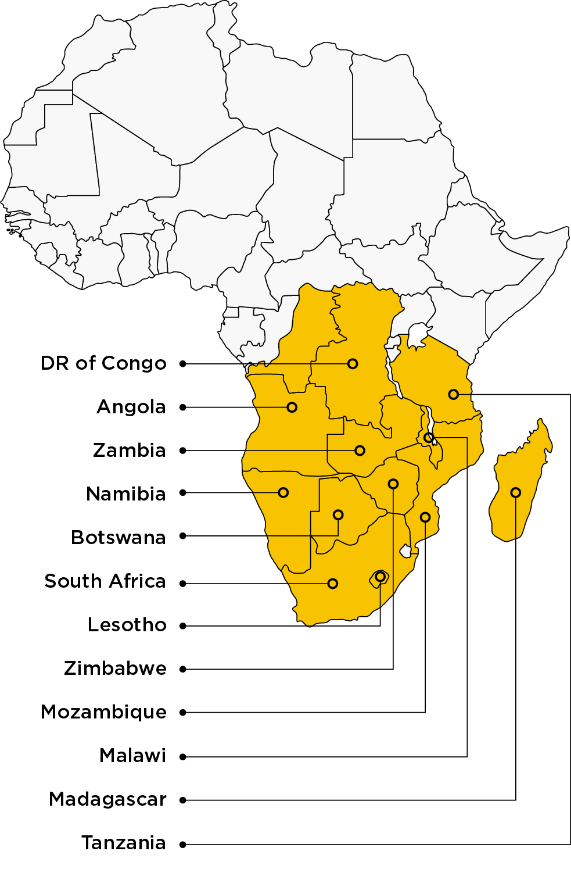
Abundant available land for pig/hog farming.
Financial Analysis
TOTAL INVESTMENT
A total investment of approximately:
LSL* 124m
comprising fixed assets of LSL 117.3m, pre-production expenditure of LSL 6.2m and initial working capital of almost LSL 182k will be required for the establishment of the Pig/ Hog production enterprise. The graphs below illustrate a financially viable operation with the opportunity expected to generate a profit throughout its operational life.
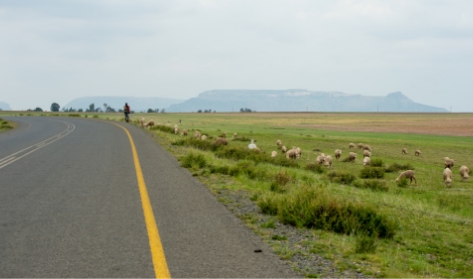
Whilst the NPV and IRR of the project are positive, the initial investment cost of the project is only expected to be fully recovered in year 11. The investment opportunity however responds favourably to the Country’s developmental objectives through its positive socio-economic impact in terms of employment creation, economic agglomeration and potential forex earning opportunities.
NET PROFIT
The enterprise’s annual net profit after tax increases from
LSL 31.1m
LSL 675m
in year 10. Similarly, the projected cash flows of the envisaged project indicate that the project will generate positive net cash flows throughout the 10-year operational period.
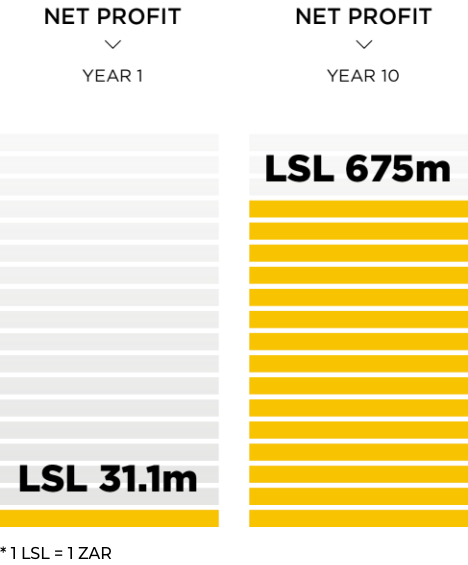
Financial Analysis
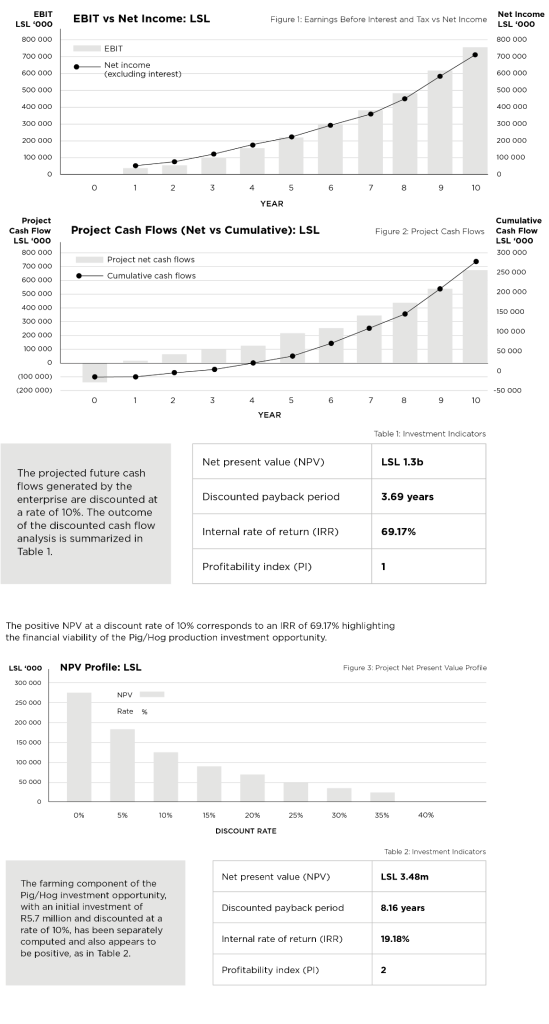
The financial analysis of the Pig/Hog production investment opportunity is computed over a ten-year period. Revenue and expenditure projections are in line with industry growth prospects and market potential and have been informed by and benchmarked against industry standards and norms. In addition, assumptions relating to inflation; depreciation and salvage value; and company tax, have been worked out based on the existing laws and directives of
MS. PHOMOTSO MAJODINA
General Manager (a.i)
Investment and Trade Promotion Unit
Lesotho National Development Corporation
Email: [email protected]
MS. MAMPHAPHATHI MOLAPO
Officer: Investment Promotion, Agriculture
Lesotho National Development Corporation
Email: [email protected]
MS. MPHO MAPHIKA
Officer: Investment Promotion, Agriculture
Lesotho National Development Corporation
Email: [email protected]
